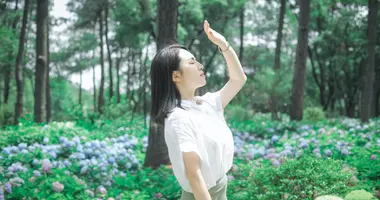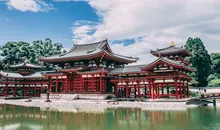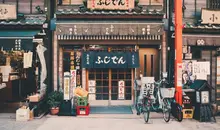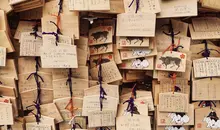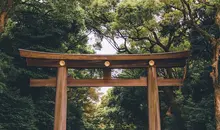Sento - Public Baths
- Published on : 25/03/2024
- by : Japan Experience
- Youtube
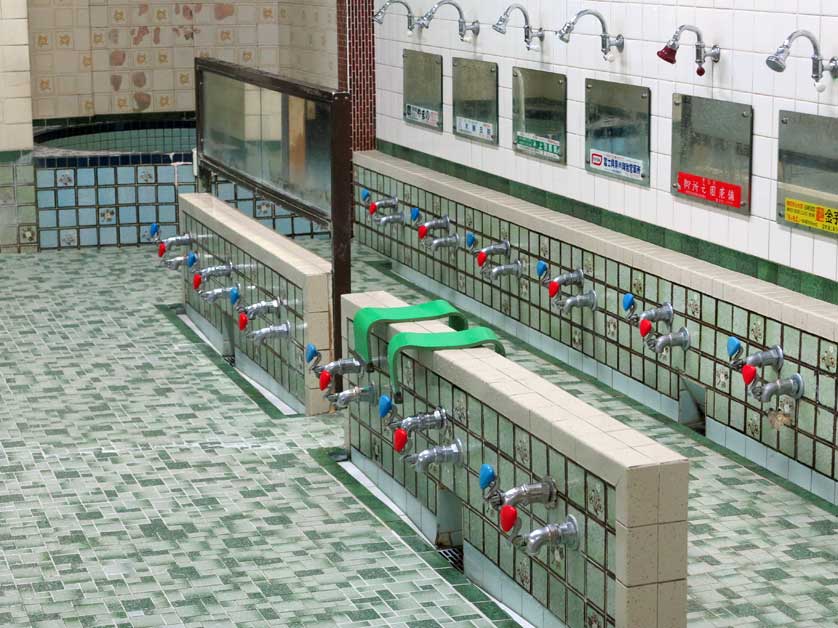
Kyoto Public Bathhouse - sento
Sento, or public bathhouses, are an integral part of Japanese bathing culture dating back hundreds of years. These communal bathing facilities have played a significant role in Japanese society, offering more than just a place to get clean. Sento provide a space for relaxation, socializing, and experiencing a unique aspect of Japanese culture. Though their numbers have declined in recent decades, sento remain an important part of many communities and offer visitors a glimpse into traditional Japanese life. This article will explore the history, cultural significance, and modern challenges facing these iconic public baths.
The history and cultural significance of sento
The origins of sento can be traced back to the 6th century when Buddhism introduced purification rituals to Japan. Initially found in temples, public baths gradually spread to serve the general population. The first official sento in Tokyo (then called Edo) was recorded in 1591. Sento flourished during the Edo period (1603-1868), becoming an essential part of daily life for commoners who often lacked bathing facilities in their homes.
Sento played a crucial role in fostering community bonds and social interaction. They provided a space where people from all walks of life could gather, relax, and socialize without the constraints of social hierarchy. This egalitarian aspect of sento culture contributed to their popularity and cultural significance. The History of Sento reflects the changing social norms and technological advancements in Japan over the centuries.
During the post-World War II era, sento experienced a boom as many homes still lacked private bathing facilities. At their peak in the 1960s, there were over 2,600 sento in Tokyo alone. However, as more homes began to include private baths, the number of sento started to decline. Despite this trend, sento remain an important part of Japanese culture, offering a unique bathing experience and preserving traditional architectural and artistic elements.
Types of sento and their features
Sento come in various forms, each with its own unique features and atmosphere. The most common types include:
1. Traditional sento: These are the classic neighborhood bathhouses that have been a part of communities for generations. They often feature traditional architecture, including high ceilings and tiled interiors. Many traditional sento are adorned with murals, typically depicting Mount Fuji or other scenic landscapes.
2. Super sento: Also known as spa complexes, these modern facilities offer a wide range of bathing options and additional amenities. Super sento may include various types of baths, saunas, massage services, restaurants, and relaxation areas. They often attract a younger crowd and families looking for a more comprehensive bathing experience.
3. Onsen sento: Some sento use natural hot spring water, blurring the line between traditional public baths and onsens (hot springs). These facilities offer the benefits of mineral-rich water within an urban setting.
Common features found in many sento include:
- Large communal bathing areas separated by gender
- Various types of baths, such as hot, cold, jet, and electric baths
- Washing stations with low stools and buckets
- Sauna or steam rooms
- Relaxation areas
- Vending machines selling drinks, including the popular post-bath milk
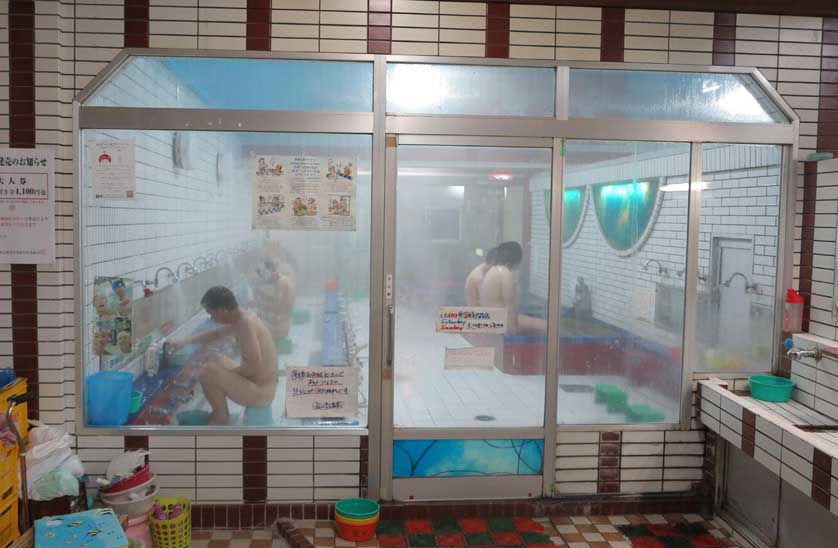
Higashiyama Yu, Hyakumanben - a very traditional bath house near the main campus of Kyoto University
Types of Baths
While the most common type is the ofuro (hot water bath), some sento offer other varieties:
- Rotenburo (露天風呂): These outdoor baths, often surrounded by rocks or gardens, allow you to enjoy the fresh air and scenic views in complete tranquility. They are frequently found in mountainous areas.
- Ofuro (お風呂) : This is the classic hot water bath, typically maintained between 40°C and 42°C.
- Mizu-buro (冷水風呂): These are cold water baths, with temperatures ranging from 10°C to 15°C. They are recommended after a hot bath to tighten the skin’s pores and prevent dizziness caused by heat.
- Kusuri-yu (薬湯): These baths are infused with minerals, herbs, or salts (such as chamomile or sea salt). They are believed to have medicinal benefits, such as improving blood circulation or relieving joint pain. Their name, kusuri-yu, comes from the Japanese word kusuri, meaning "medicine."
- Denki-yu (電気風呂): These baths feature a mild electrical stimulation, which gives them relaxing properties. They are ideal for relieving muscle pain.
- Jacuzzi or Bubbles Bath (ジャグジー): These are bubble or jet baths, often used to relax the shoulders and back.
Etiquette and procedures for using a sento
Visiting a sento for the first time can be intimidating, especially for foreigners unfamiliar with Japanese bathing customs. Following proper Sento Rules and etiquette is crucial for a enjoyable experience:
1. Remove shoes: Take off your shoes at the entrance and store them in the provided lockers.
2. Pay the admission fee: Purchase a ticket from the vending machine or pay at the front desk.
3. Enter the correct bathing area: Men's and women's areas are typically marked with different colored curtains (usually blue for men and red for women).
4. Undress completely: Remove all clothing in the changing area and store it in the provided lockers or baskets.
5. Wash thoroughly before entering the baths: Use the washing stations to clean your body before soaking. This is a crucial step in maintaining the cleanliness of the communal baths.
6. Keep your small towel out of the bath water: You can place it on your head or at the edge of the bath.
7. Be respectful and quiet: Sento are places for relaxation, so avoid loud conversations or disruptive behavior.
8. Rinse off and dry partially before returning to the changing area: This helps keep the changing room dry.
By following these guidelines, visitors can ensure a pleasant experience for themselves and others while respecting Japanese bathing culture.
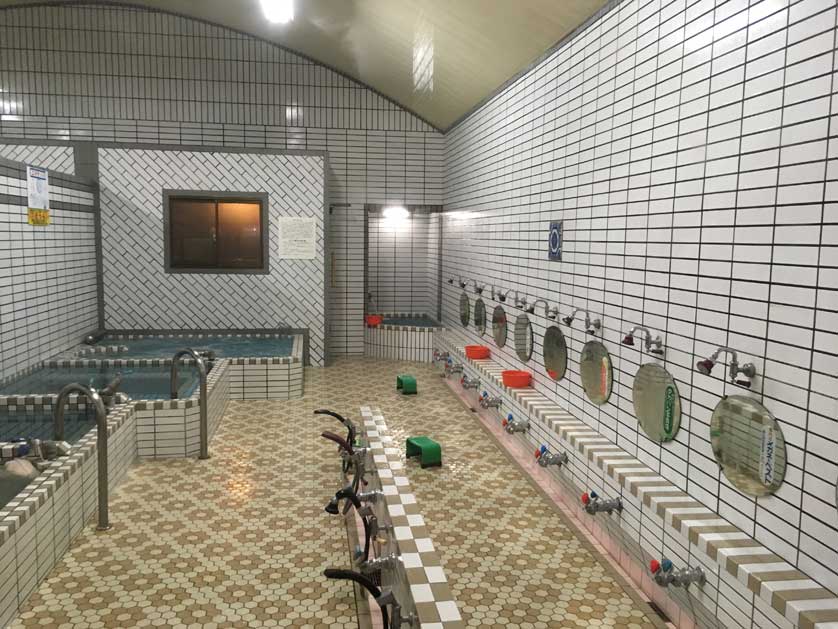
Sento interior in Kyoto
The sento experience: From entrance to exit
A visit to a sento offers a unique cultural experience that goes beyond mere bathing. Here's what you can expect during a typical First Immersion in a sento:
1. Arrival: As you approach the sento, you'll likely see the characteristic architecture and perhaps a tall chimney, a remnant from the days when baths were heated by wood-burning furnaces.
2. Entrance: Remove your shoes and purchase your ticket. Some sento may offer additional items for sale or rent, such as towels, soap, and shampoo.
3. Changing room: Enter the appropriate gender-separated area and undress. Store your belongings in the provided lockers or baskets.
4. Washing area: Proceed to the bathing area and find an available washing station. Thoroughly cleanse your body before entering any of the baths.
5. Soaking: Enjoy the various baths available. Many sento offer different temperatures and types of baths, allowing you to customize your experience. Take time to Relax in the Sento and appreciate the unique atmosphere.
6. Post-bath relaxation: After bathing, many people enjoy a cool drink, often milk, from the vending machines. Some sento also have relaxation areas where you can rest before getting dressed.
7. Departure: Get dressed and prepare to leave, feeling refreshed and rejuvenated from your sento experience.
Throughout your visit, take time to appreciate the unique architectural features, such as high ceilings, tiled interiors, and traditional artwork that often adorn sento.
Modern challenges and the future of sento
Despite their cultural significance, sento face numerous challenges in modern Japan:
1. Declining numbers: The number of sento has drastically decreased over the past few decades. In Tokyo alone, the number of sento has fallen from over 2,600 in the 1960s to fewer than 500 today.
2. Changing lifestyles: With most homes now equipped with private baths, fewer people rely on sento for their daily bathing needs.
3. Aging infrastructure: Many sento buildings are old and require significant maintenance and upgrades.
4. Rising costs: Increasing energy and water costs make it challenging for sento owners to maintain profitability.
5. Lack of successors: Many sento are family-run businesses, and younger generations are often reluctant to take over.
Despite these challenges, there are efforts to preserve and revitalize sento culture:
1. Modernization: Some sento are updating their facilities and offering new services to attract younger customers.
2. Cultural preservation: Recognizing the cultural value of sento, some local governments are providing support to keep these establishments open.
3. Tourism promotion: Sento are being marketed as unique cultural experiences for both domestic and international tourists.
4. Community initiatives: Some communities are working to preserve their local sento as important social hubs.
The future of sento remains uncertain, but there is hope that these important cultural institutions can adapt and thrive in modern Japan.
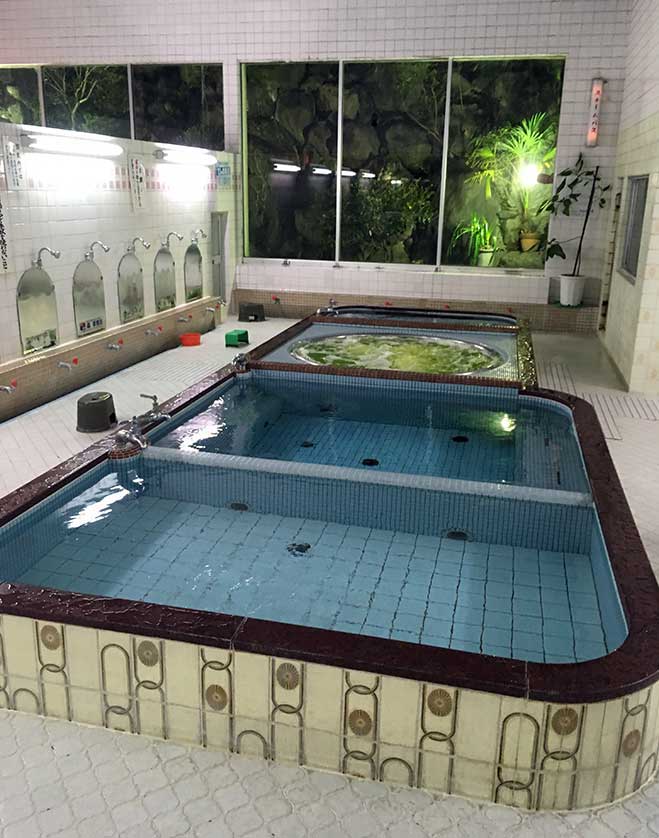
Bathhouse interior of a Japanese sento
Health benefits and social aspects of public bathing
Sento offer numerous health benefits and social advantages:
1. Improved circulation: Soaking in hot water can improve blood flow and help relieve muscle tension.
2. Stress relief: The relaxing environment of a sento can help reduce stress and promote mental well-being.
3. Improved sleep: A warm bath before bedtime can help improve sleep quality.
4. Skin health: Regular bathing can improve skin condition, especially when combined with proper cleansing techniques.
5. Social interaction: Sento provide a space for community members to interact and strengthen social bonds.
6. Cultural exchange: For Foreigners, sento offer a unique opportunity to experience an authentic aspect of Japanese culture.
7. Intergenerational connections: Sento bring together people of all ages, fostering understanding and respect between generations.
The communal nature of sento contributes to a sense of community well-being that extends beyond individual health benefits.
Sento vs. other Japanese bathing facilities (onsen, super sento)
While sento are an important part of Japanese bathing culture, they are not the only option available. It's important to understand the differences between sento and other bathing facilities:
1. Sento vs. Onsen:
- Sento typically use heated tap water, while onsen use natural hot spring water.
- Onsen are often located in resort areas, while sento are found in urban neighborhoods.
- Onsen may have stricter rules regarding tattoos.
2. Sento vs. Super Sento:
- Super sento are larger facilities with more amenities, often including restaurants and relaxation areas.
- Traditional sento are usually smaller and more focused on the bathing experience.
- Super sento may charge higher admission fees but offer more services.
3. Sento vs. Kyoto Sento:
- Kyoto sento often have unique architectural features and historical significance.
- Some Kyoto sento, like Daikoku-yu, Idutsu-yu, and Sakura-yu, are popular among tourists for their traditional atmosphere.
While each type of facility offers a unique bathing experience, sento remain an important part of daily life in many Japanese communities. They offer an affordable, accessible option for regular bathing and relaxation, as well as a window into traditional Japanese culture.
Whether you're a local resident or a visitor to Japan, experiencing a sento can provide a deeper understanding of Japanese bathing culture and community life. From the historical significance to the health benefits and social aspects, sento offer a unique and enriching experience that goes far beyond mere cleanliness.


